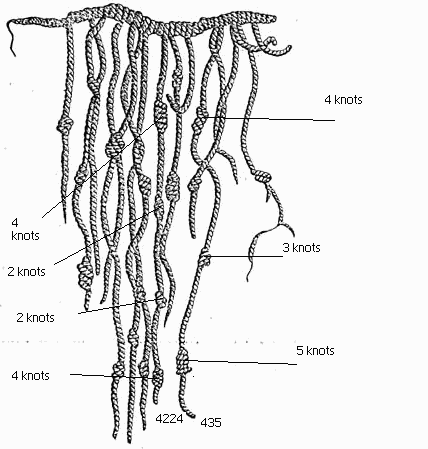
One of the reasons we write things down is to help us remember. That seems clear; I don’t want to forget your phone number or what I was supposed to get from the grocery store, so I write it down.
Some ancient philosophers worried that writing would wipe away our capacity for organically remembering things. Even today, writers such as Nicholas Carr, author of The Shallows: What the Internet is Doing to Our Brains, make analogous arguments.
But those worries seem secondary to the problem that writing (and information systems generally) creates the sense that all memories have been recorded and are retrievable.
First of all, this is an illusion. It is impossible to record everything, and gaps are inevitable. Frighteningly, we may not notice when things are missing, and we fill in the gaps through inference. We know this in everyday life as “jumping to conclusions.” The idea that we think we can record everything seems to come from the 20th-century enchantment with computing, whose metaphors have permeated many aspects of life.
Psychologist Arthur Glenberg argues against this position in his 1997 paper What Memory is For. The idea of total recall—that our brains are recording everything we ever experience but that it’s locked away and can be coaxed out through psychotherapy—is a myth, Glenberg argues. Rather, Glenberg advances a view of memory as a facilitator of action in our environments, and something that is not totally accurate (and shouldn’t be!). More recently, Julia Shaw makes similar points in her book The Memory Illusion, in which she goes over many ways that our memories can betray us. The pernicious thing is not when we forget—it’s when we misremember things and think we’re correct. You can watch an animated abstract for The Memory Illusion here:
Second, remembering may not always be the best thing. Also in 1997, Geof Bowker published a paper on the importance of organizational forgetting. Organizations need to manage a lot of information and knowledge. Normally we think of this only in terms of remembering, but organizations also need to think about forgetting—especially that which no longer serves.
In the everyday lives of individuals, too, memories can sometimes be straightjackets. Sure, it’s easy to argue that forgetting an unpleasant memory could be problematic, but the ability to forget aspects of one’s past is also important for moving forward.
Modern technology has made this so much more complicated. Consider, for example, that you once had an abusive lover. You’ve since broken up, but remembering that person feels more painful than helpful. In the days of yore, you could simply burn all the photographs of the two of you and that would be that. But today, traces of your past relationship may be strewn about Facebook forever. For another sort of example, the work of Oliver Haimson on the intersection of gender transition and social media also presents a fascinating case.
The point is, the (im)possibility of forgetting becomes a crucial ethical issue today. Philosopher Luciano Floridi writes in The Ethics of Information:
Recorded memories tend to freeze the nature of their subject. The more memories we accumulate and externalize, the more narrative constraints we provide for the construction and development of personal identities. Increasing our memories also means decreasing the degree of freedom we might enjoy in defining ourselves. Forgetting is also a self-poietic [creative] art… Capturing, editing, saving, conserving, and managing one’s own memories for personal and public consumption will become increasingly important not just in terms of protection of informational privacy… but also in terms of a morally healthy construction of one’s personal identity.
We should remember that memory slips are not all bad—both mental forgetting and missing written information. And we should also be more humble about what we do “remember,” because it may very well be wrong.
